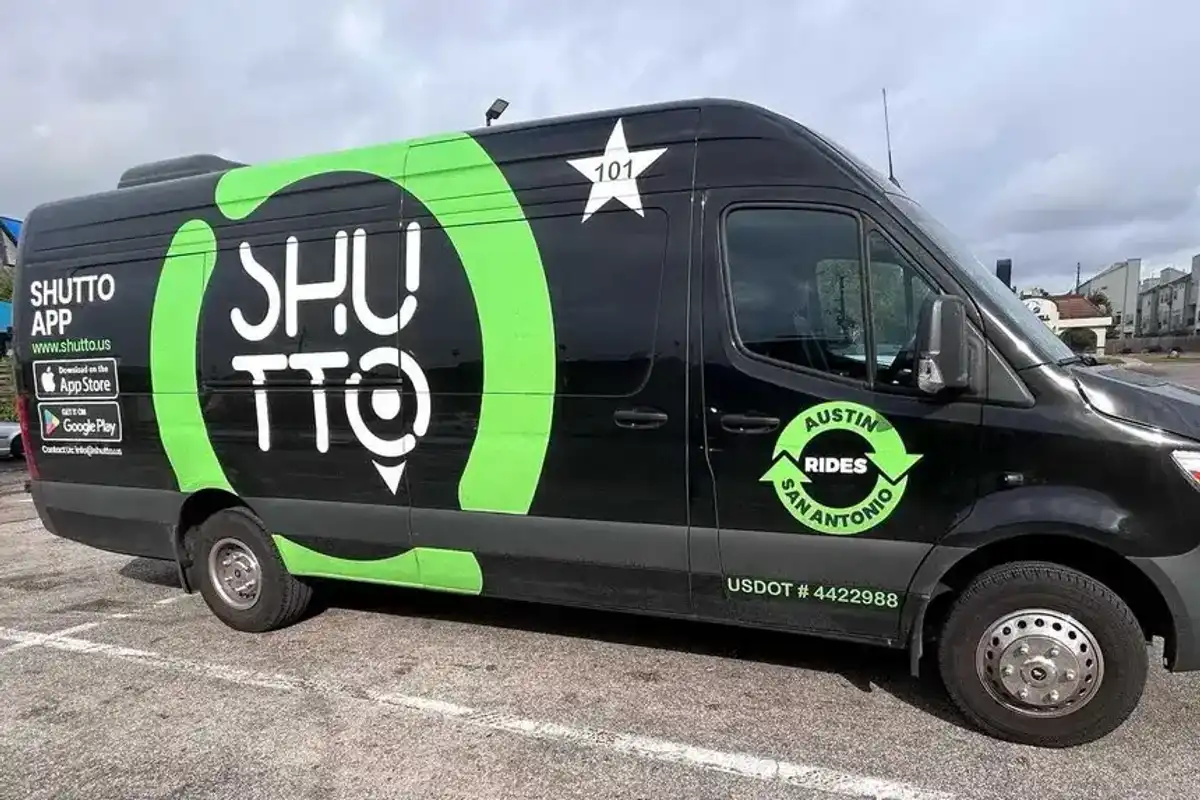Overheard: Experts discuss why Houston is the next hub for tech investing
eavesdropping in Houston
When Joe Alapat, co-founder and CEO of Liongard, was first getting started on his company, he says a few people recommended he go to Austin or one of the coasts to give his software company a better chance.
"For me, the thought process never really entered my mind that Houston was a place where I would be challenged in doing what I do well. My network is here," Alapat shared on a virtual panel hosted by the HX Venture Fund.
Turns out, it was a good decision. Liongard recently closed a $17 million series B round led by Updata Partners, a portfolio fund of HXVF. Moderated by Brian Richards of Accenture's Houston innovation hub, the panel asked Alapat, Sandy Guitar of HXVF, and Carter Griffin of Updata why Houston is the next hub for tech investing. Here are some key moments from the discussion.
“We’re cautious when we go into places — like Austin and Boston — where there’s a lot of activity both on the company side and the investor side. We’d rather find the opportunities where things aren’t as competitive and frothy, and you’re really dealing with people trying to build a real business, serve customers, and build value in the right way, and not just catch lightning in a bottle and build the next unicorn.”
—says Griffin about Updata's strategy of looking at cities like Houston in the middle of the country.
“A lot has changed in the past couple of years — the thought process, the awareness, as well as the willingness for folks to think about Houston as a place where you can build a startup.”
— says Alapat about how Houston's startup ecosystem has evolved since he started Liongard in 2015. He later notes that Houston's innovation leaders have done well to not copy other metros, but listen and learn from the successes and mistakes of other innovation cities.
“There was this feeling that we needed to be uniquely Houston — we couldn’t replicate Silicon Valley or Austin, we needed to be us. But we were going to have to do things differently. We couldn’t keep doing the same things and expecting this [change.]”
— Richard says, noting the corporate mindset, among other aspects of the ecosystem, shifted to be more focused on startups.
“The VCs are very interested in engaging in this model. So, we’re spoiled for choices is one way of saying it.”
— Guitar says on interest from venture funds in HXVF, noting that the VCs see an opportunity for their portfolio startups to connect with HXVF's corporate partners.





